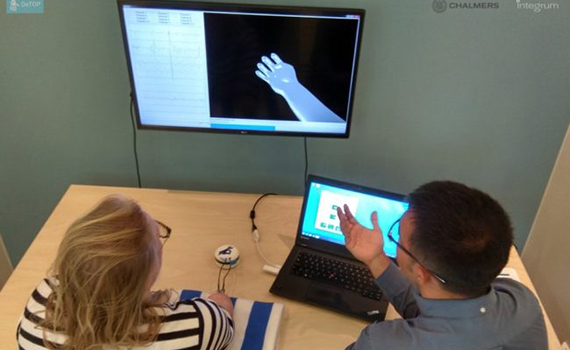NEWS
New intelligent prosthetic hand endowed with sensitivity and a high flexibility

Modern prosthetic hands can be controlled by special electrodes placed on the skin and reads the electrical signals of the muscles. However, this method has limitations, allowing only the most simple motions of the artificial limb, for example, to compress and decompress the arm and hand. This man, of course, completely unable to feel anything artificial hand. New development of European scientists addressing the shortage.
In the framework of the joint European research project DeTOP scientists from the company Integrum AB and at Chalmers Institute of technology (Sweden) under the guidance of Dr. max Ortiz Catalan has developed a prosthesis that can read signals from nerves and muscles through special electrodes that are implanted directly into the patient’s arm, which not only effectively control a prosthetic limb, but also provides it with sensitivity.
As reported on the website of the project, surgeons at the University hospitals of Sahlgrenska (Gothenburg, Sweden) recently conducted the first successful implant of the bone-muscular implant a person with an amputated limb to control an artificial prosthesis with advanced flexible features.
The implant consists of two titanium rods, which were integrated in the radius and ulna of the patient, and a total of 16 electrodes that were connected to nerve endings under the skin in a cult. The signals from the nerve are translated into commands by which one can control an artificial robotic hand.
It is reported that this approach allows not only to achieve a more natural movement for artificial limbs, but also provides sensory feedback in the form of tactile sensations that allow us to simplify the task of determining the amount of effort that is required to apply to, for example, to grab some object a robotic hand that is difficult to do with conventional prosthesis and only visual information.
The first person who has the opportunity to use the new technology currently undergoing training, using virtual reality, which help them quickly adapt to the new robotic limbs.




